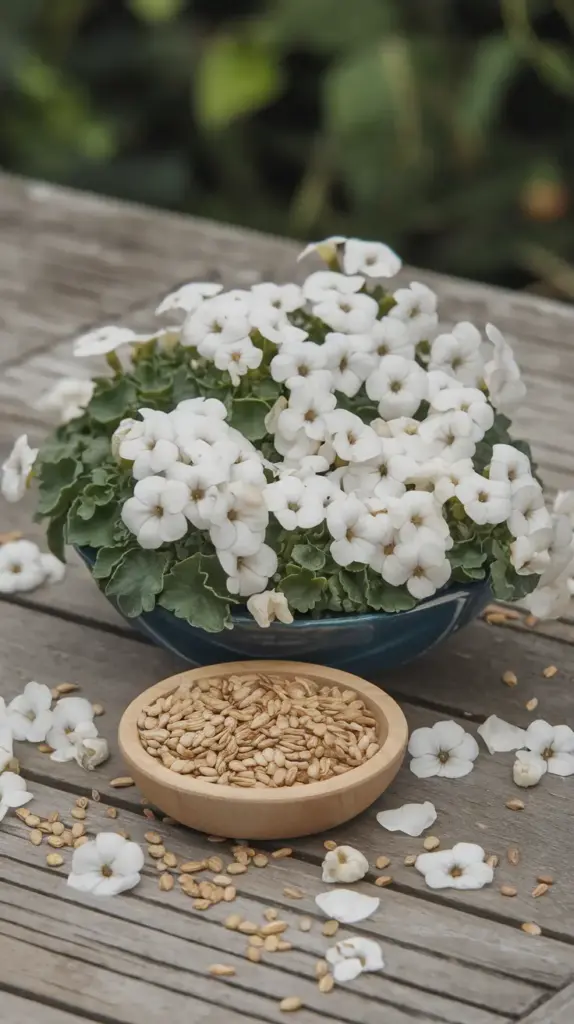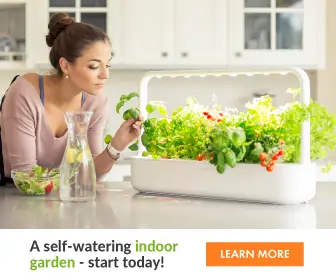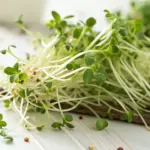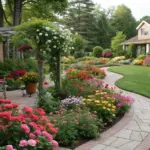2. Essential Supplies for Success

Let me save you some trial and error! After countless attempts (and yes, a few failures), I’ve nailed down exactly what you need to grow gorgeous alyssum. The best part? You don’t need to break the bank to get started!
Container Selection: Size Matters!
I learned this the hard way – container depth is crucial for alyssum success. You’ll want containers that are at least 4-6 inches deep with good drainage holes. My absolute game-changer was discovering that self-watering containers work amazingly well for alyssum! Here’s what I recommend:
- Window boxes (at least 6 inches deep)
- Terra cotta pots (8-12 inches wide)
- Hanging baskets (10-12 inches diameter)
- Recycled containers (just add drainage holes!)
Soil Mix: The Foundation of Success
After years of experimenting, I’ve found the perfect mix:
- 60% quality potting soil
- 30% perlite
- 10% compost
This combination provides the perfect balance of drainage and moisture retention that alyssum absolutely loves. Trust me, spending a little extra on good potting soil will pay off big time!
Essential Tools for Growing
Here’s my must-have tool list (and some budget-friendly alternatives):
- Small garden trowel (or use an old spoon!)
- Fine-mist spray bottle (repurpose a clean household sprayer)
- Plant markers (popsicle sticks work great)
- Pruning scissors (clean kitchen scissors will do)
- Moisture meter (or just use your finger – it works!)
Lighting Setup
Here’s something I wish I’d known earlier: alyssum needs full sun to partial shade. In my urban garden, I’ve found that:
- South-facing windows are ideal
- West-facing locations work well with afternoon shade
- East-facing spots provide perfect morning light
- North-facing areas need at least 4-6 hours of bright indirect light
If you’re starting seeds indoors, a sunny windowsill usually does the trick. No need for fancy grow lights unless you’re in a particularly dark space!
Budget-Friendly Alternatives
Want to know my favorite money-saving tricks? Instead of buying expensive seed-starting trays, I use:
- Clean yogurt containers
- Egg cartons
- Toilet paper rolls
- Newspaper pots (super easy to make!)
Ready to learn exactly when to plant your alyssum seeds for continuous blooms all season? Click that “next” button below! I’ll share my secret timing technique that keeps my urban garden flowering from spring through fall – including the exact dates I use for different climate zones!









GIPHY App Key not set. Please check settings